#sedans
Rare Rides Icons: The Second Generation Mazda 626, a GD Car
Today we complete our Rare Rides Icons coverage of the mass market, midsize, mid-Eighties Japanese sedan. We’ve covered the V20 Camry, the CA Accord, and most recently the PU11 Maxima. Now we take a look at the alternative to all those, the Mazda 626.
Junkyard Find: 1984 Pontiac 6000 STE
Rare Rides: The 1989 Mazda MX-6, an Enthusiast's Four-wheel Steering Choice
Today’s Rare Ride represents the rarest subset of a vehicle that was for most, an afterthought. A sporty coupe ignored in its day, the MX-6 was by most accounts a handsome car that was fun to drive. Particularly elusive is the MX-6 behind today’s article. It has a manual transmission, is turbocharged, and has four-wheel steering. Could it be any cooler (Chandler voice)? Let’s find out.
Rare Rides Icons: The AMC Matador, Medium, Large, and Personal (Part IV)
We finish up our Rare Rides Icons coverage of the AMC Matador today by spending some time abroad. The Matador maintained a few different passports as it donned new branding and nameplates for its various international adventures. And unlike many domestic cars of the period, AMC saw sales success when its midsize arrived in other markets.
Rare Rides Icons: The AMC Matador, Medium, Large, and Personal (Part III)
We left off in Part II of our AMC Matador coverage during the model lineup’s second year on the market. The Matador was working overtime by 1975, as AMC marketed their largest car to the intermediate and large car buyers. Unfortunately, things only went downhill from there.
Rare Rides Icons: The AMC Matador, Medium, Large, and Personal (Part II)
AMC introduced its new Matador lineup into the very competitive intermediate (midsize) car market in 1971. It was a time when the company was making advances in build quality, streamlining, and an industry-leading all-encompassing warranty. And though the Rebel by any other name was selling decently, it wasn’t grabbing market share as AMC expected. Especially lackluster were sales of the Matador Coupe, a body style that was the top seller amongst its domestic competitors. As 1974 approached, AMC prepared to make some big changes to Matador, and introduce an all-new two-door.
Rare Rides Icons: The AMC Matador, Medium, Large, and Personal (Part I)
The American Motors Matador line was many things to many people during its run from 1971 to 1978. Built domestically and abroad, Matadors occupied more than one size class, a broad range of price points, and were even dressed in fashionable luxury garb for a while. Come along as we explore the world of Matador.
Rare Rides Icons: The V20 Toyota Camry
The Toyota Camry made leaps and bounds after the model debuted as a sedan sub-variant of the Celica in 1980. The first Camry to stand on its own was the V10, a very boxy four-door on sale for just four years, from 1983 to 1986. In the North American market, the front-drive V10 Camry replaced the rear-drive Corona as Toyota’s compact offering. And though the V10 was designed in part with export markets like North America in mind, its successor the V20 used the North American customer as its starting place.
Rare Rides Icons: The Abandoned Bugatti EB 112, a Super Sedan
Power, luxury, exclusivity, and grand touring driving enjoyment. The Bugatti EB112 promised all those adjectives in spades were it ever actually produced. But it was born at a very difficult time in the company’s history, and the super sedan never made it beyond the concept stage.
However, due to some interesting timing at the company level, the EB112 was not just a one-off concept. In fact, there are three in existence.
Audi Resurrects Historical Horch Nameplate, Creates New Luxurious Rare Ride
Audi recently announced a new, super luxurious version of its largest sedan, and it’ll wear some branding not seen in a very long time. Wake up Horch, it’s 2022.
Rare Rides: The 1987 Hyundai Stellar, Korean Midsize and Ford Cousin
The Rare Rides series has featured just two Hyundai offerings in past entries, the affordable Pony that Canadians loved, and a Mitsubishi Precis that was a rebadge of the Excel. Today’s larger Rare Ride was sold alongside those two in places outside the United States. Meet Stellar.
Rare Rides: Grand Prix's V8 Finale, the GXP From 2005
The Pontiac Grand Prix was a long-term staple in Pontiac’s lineup, a Driving Excitement alternative to the Buick and Chevrolet cars with which it shared its various platforms. Though it faded from its initial personal luxury prominence, Grand Prix had one final V8 hurrah at the end of its life. It was a sort of return to form after many years with a maximum of six cylinders. Let’s check out some GXP goodness.
Abandoned History: The Cadillac Cimarron, a Good Mercedes-Benz Competitor
Sometimes car companies get a bit carried away with a new idea that, for a myriad of reasons, doesn’t translate so well in its execution. Toyota (and other Japanese companies) did exactly this when they invested in the very unsuccessful line of WiLL cars and other consumer products in the early 2000s.
Today we look at a 1980s domestic example of an idea that fell flat. It was the time Cadillac thought applying lipstick to a Cavalier-shaped pig would make the BMW and Mercedes-Benz 190E customer come a’callin. It’s time for Cimarron, a J-body joint.
Rare Rides: The 1987 Chevrolet Cavalier RS Convertible, Last of First
The Rare Rides series is a friend to the General Motors J-body. In 2018 we featured a 2000 Sunbird from ’83, in 2020 there was the ’84 Oldsmobile Firenza Cruiser, and earlier this year a ’91 Cavalier wagon.
But we’ve never featured the OG J-body main event, a first-gen Cavalier. Let’s go.
Rare Rides: A Very Luxurious Camry, the 1990 Lexus ES 250
Today’s Rare Ride was the only other car accompanying Lexus’ LS 400 at dealerships in 1990 and 1991. The fanciest Camry offered in the US, it was a badge conversion from a Camry sold in the Japanese market.
But consumers saw through the charade, so while the high-effort LS 400 flew off the showroom floor, the minimal effort ES just sat there.



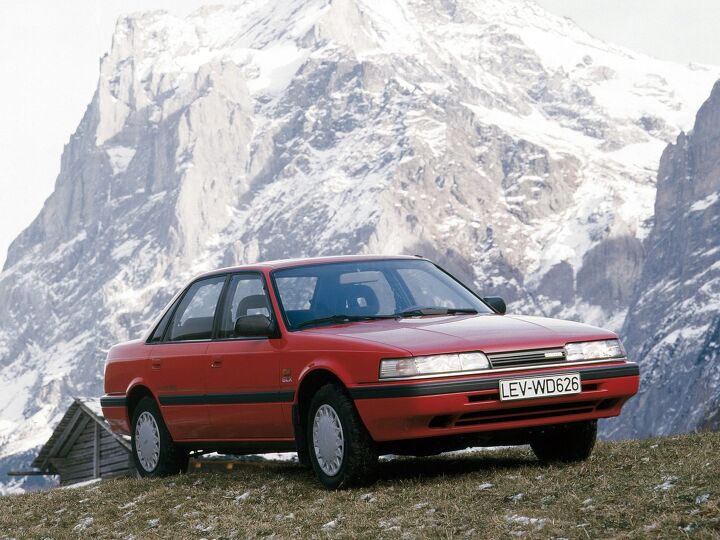
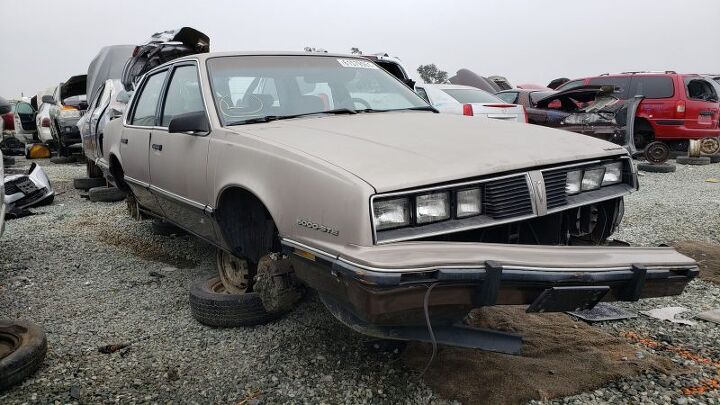
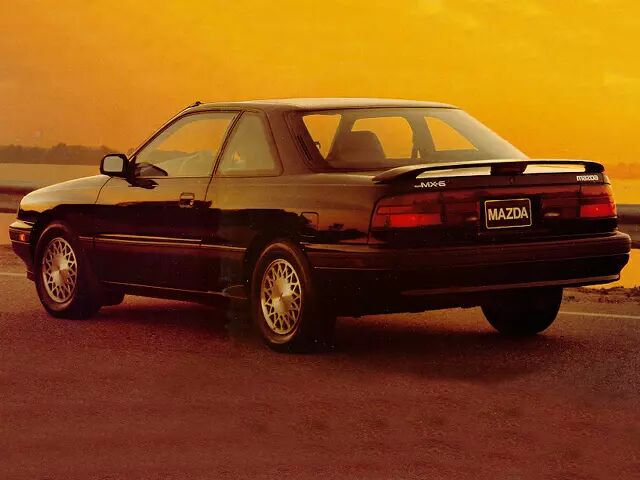
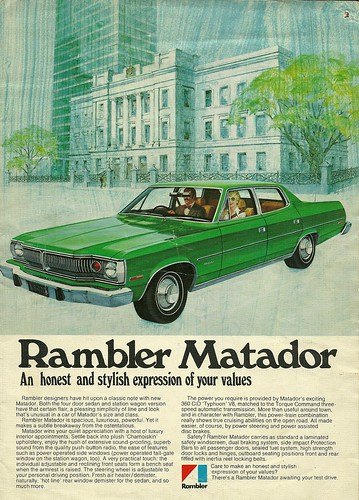
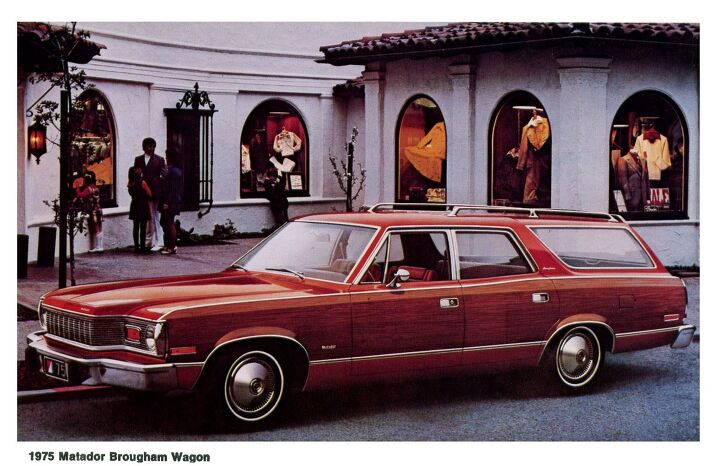




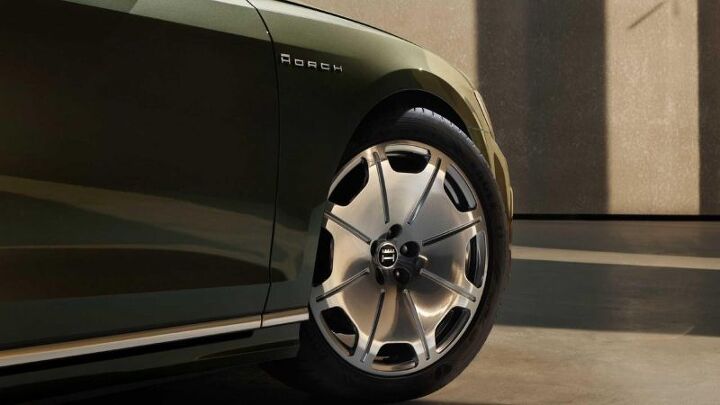

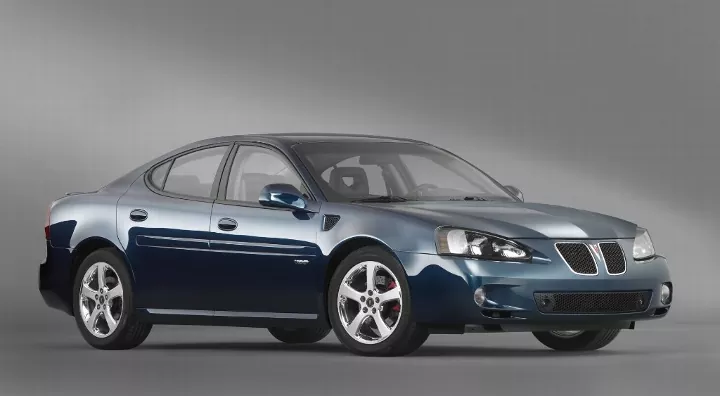


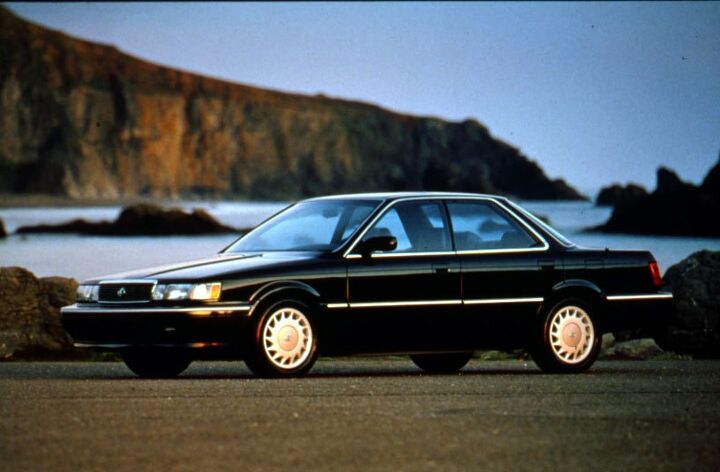












Recent Comments